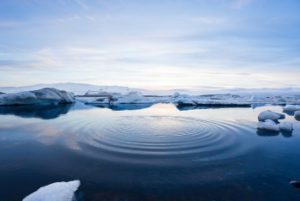by Polar Bear Science, Oct 31, 2022
This is a reminder that I have written three Arctic animal picture books, a polar bear ecology reference book, an Arctic ecology teaching guide (free) & a polar bear attack thriller suitable for teens, all of which let kids be kids.
In contrast to a book reviewer at the New York Times (30 October 2020), see image above:
Two new picture books and a novel for young readers place children at the center of climate calamity. Fittingly, they are stories of homes under threat; home, after all, is the thing climate change stalks, be it a house, a community or a livable planet. Each book offers its own lessons on how to cope with life under the monster we’ve created. The novel even shows how kids can help slay it.
No child needs this. Children need to be allowed to learn without being used as pawns in an adult political battle. Activist authors suggesting that climate change is a predator waiting to ‘stalk’ children’s homes and communities through floods and wildfires is reprehensible, not only because it isn’t true. Kids don’t need a ‘mini-primer on climate change’. Adults should fight their own battles and leave the kids alone. List of my books and links below and in the sidebar.
Polar Bear Facts & Myths, for middle-school kids: Available in six languages: English, French, German, Dutch, Norwegian, Portuguese. English version also available in ebook version.
Walrus Facts & Myths is available in English in paperback and ebook formats, also aimed at middle-school kids.
Free Arctic sea ice ecology teaching guide for middle-school age home schooled kids. The printable pdf booklet is free to download here.
Polar Bears Have Big Feet, for preschoolers in paperback only (because little kids need one too!).
Polar Bears: Outstanding Survivors of Climate Change, fully referenced information on polar bear ecology, suitable for teens and adults, in paperback and ebook formats.
EATEN: A novel, a polar bear attack thriller suitable for teens and adults, in paperback and ebook formats. Many readers have told me: “I couldn’t put it down.”

